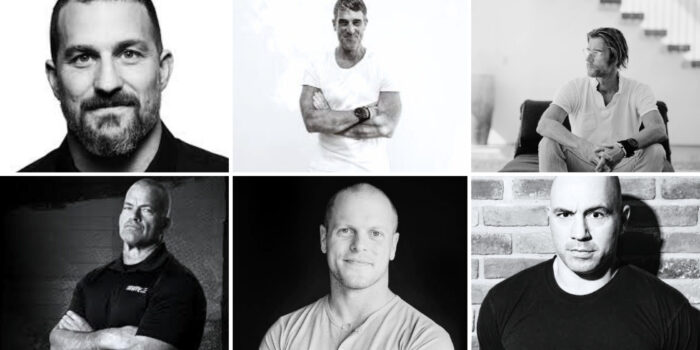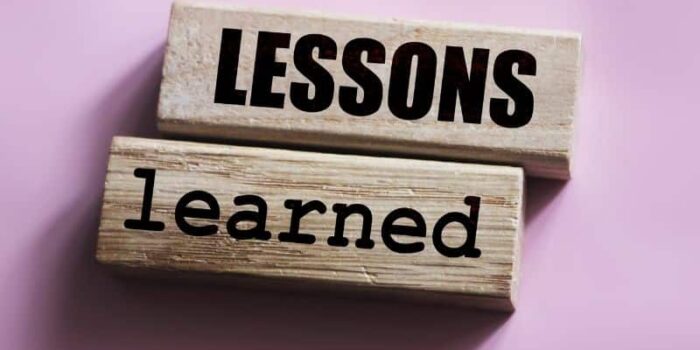I don’t know about you but one of the most frustrating things about selecting my…
The Rule Of 4
I caught up with a mate for coffee recently. I know, how Sydney.
Because it was two in the afternoon on a weekday.
Sydney is a city that runs on caffeine & alcohol. And cocaine. According to the newspapers. The Monday-to-Friday of the average Australian corporate worker is actually one long coffee run interspersed with a few ‘work’ breaks in the middle.
Anyhow, my pal is a fit chap, a Dad and he’s into bio-hacking (here’s a good intro if the concept is new to you), which means we have plenty to talk about. And we got onto the subject of noise versus simplicity in life, and just how draining this age of information overload is, especially if you’re of a curious disposition.
A thirst for information (often masquerading as knowledge) is met by more information than you could possibly consume in a swirling vortex of ideas and opinions, some of which are good, granted, but many are worthless.
There’s so much conflicting information about pretty much everything in life, but specifically to us as older punters: which exercise program to follow; what to eat & when to eat it; where to invest spare money; what skills to focus on to further our business or career; whether to buy a house or invest in the stock market; what school to send the kids to…the list goes on and on.
And so we got the ruminating on the concept of minimalism (pushed into the public consciousness by books like Essentialism and The Subtle Art Of Not Giving A F***). Or, at least, keeping things super-simple.
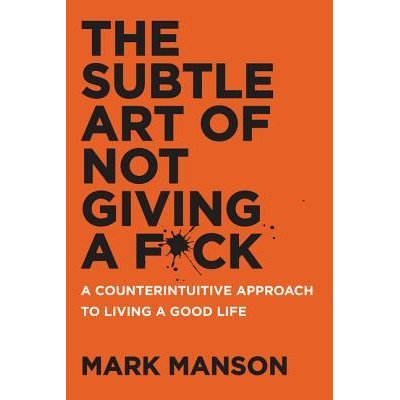
Because if you think about the people who are really successful in a given field, more often than not, they hone in on the basics and repeat the same mantras over and over.
Warren Buffett’s investment tips and estate planning for when he dies? Dead simple. And it doesn’t involve Bitcoin.
Dan John’s strength training pillars? Very simple. And not a fad workout in sight.
Jim Rohn’s tips for personal growth. Super simple. The application of basic principles.
There’s a pattern here that a blind chap could see. But simple doesn’t equate to easy. Far from it. That’s the challenge.
So we reasoned that in any area of our lives, there are some basic tenets that you can apply. And after a little pontification we reasoned that number to be 4.
Adhering to 4 fundamental principles or pillars in almost any aspect of life can give you 80% of what you need for success. The remaining 20% can be achieved with a little variation, just to keep things interesting.
Obviously, my 4 in any given area is likely to differ from yours. Sometimes they will (or should) be the same.
Here are some that immediately spring to mind.
4 Finance Tasks
Asses Superannuation Fees & Switch Funds
I recently did this. It’s a royal pain in the ass, designed (seemingly) to be as difficult to do as possible.
Mind you if I was running a $23bn a year racket (sorry, business) then I’d make it as hard for victims (sorry, customers) to escape, too.
I followed the recommendations laid out in the Barefoot Investor and still found it vexingly troublesome. But I got there eventually.
Automate Savings
Every month a day or two after payday arrange for 10% of your net pay to be siphoned off into a savings account or, better still, an low-cost investment fund.
Low-cost Index Funds
We covered this here.
Future-proofing – Life Insurance & Junior Fund
Junior comes along and you’re all: “I’m gonna do right by the kid and invest some money for their future.”
Then life gets in the way and it gets shunted down the to-do list. After all, each day can feel like a struggle to do right by them. That’s all you ever do, right?
Plus, as with most finance-related chores in Australia (and, I suspect, elsewhere), when you do finally get around to taking action, it’s a massive ball-ache, swathed in bundles of unnecessary complexity that becomes so vexatious that you ultimately give up.
Or maybe it’s just me who gets bogged down in this crap.
Either way, I’ve used AMP for something called an insurance bond for #superfitkid. It seems okay. You can read more about them here.
It’s too early to tell if this is a good or bad investment. It doesn’t seem completely shit and has some tax advantages which is good.
But it’s set-up and automated now so will hopefully be a pain-free way to build up a small fund to help towards whatever he needs it for when he’s older.
The other thing to check in on is your life insurance and TPD cover (that’s, total permanent disability). The good news is that if you’re an employee this is usually offered via your work superannuation fund so it’s one less thing to worry about but you should still read the small print to see what’s covered and what isn’ and how much you’re worth should you die.
It will most probably turn out that you’re worth much more dead than alive so maybe don’t tell the missus what the policy is worth. No need to put another target on your back, eh?
4 Life Pillars
Exercise
Like a faithful hound, exercise never lets you down. It makes the highs seem higher and the lows more palatable.
Remember: your physiology drives your psychology.
Spiritual / Contemplative
An overwhelming body of scientific evidence indicates (or proves) that meditation benefits cognitive performance (this article details a Harvard study from 2014).
Then there’s the constant references to meditation or contemplative-practise benefits that guests on podcasts like Tim Ferris and Lewis Howes espouse. By definition, these guests are “top performers” in a range of fields.
The context is clear. If these “top performers” are all doing something they view as beneficial and you’re not doing it, why not?
If have gaps in your life you’re trying to plug, or areas of your life that constantly trip you up, then perhaps you should try this one thing that seems to benefit a lot of the people you might admire. What have you got to lose? Twenty minutes of your time? Believe me, unless you’re Elon Musk, you probably have a spare twenty minutes each day.
Relationships
An oft-touted aphorism attributed to Jim Rohn is that you become the product of the five people you spend the most time with.
To that end, spend your hard-earned time with those who interest and intrigue you, those who fire you up or share similar interests.
And cut off the dead wood. As painlessly as possible.
Personal Growth
What’s driving you forward?
Whether it’s financial freedom, being your own boss, running a cool start-up, becoming the CEO, changing the world for the better, you need something burning inside of you to drive you on.
Aim to be a “meaningful specific” and not a “wandering generality.” Although if you have kids this can be hard, I’ve found, so don’t beat yourself up if you’re in survival mode.
4 Supplements
Protein (preferably organic, vegan i.e. brown rice-based etc)
The single biggest contributor to the DadBod (I would argue) is a lack of protein.
Like saltwater eroding a cliff-face, so age eats into muscle mass, and because this happens stealthily, not much is done to arrest the decline.
If you don’t workout, you probably still need to supplement your protein intake.
If you do workout, it’s pretty much mandatory to prevent your muscles breaking down too much.
The key is to avoid putting too much processed,sugar-laden garbage in your body. You know, the stuff that scrams pseudo-science and epilepsy-inducing colour-blasts on the packaging.
I use natural, vegan, brown-rice based protein. A good Australian brand is 180 Nutrition.
Fish Oil
I’m no scientist and I don’t purport to be one. But if a whole range of fitness-type people who I have developed trust in are all pointing in the same direction, then I’m going to look in that direction, too.
And that’s the key. I trust these people based on what they are recommending without having an agenda to push.
Creatine
Another widely recommended supplement that is a) backed up by science, and b) cheap (which is always a bonus for an impoverished Dad like me).
Joking aside (mostly), I found that taking creatine post-game this football season drastically improved my recovery into the following week.
Magnesium
Whether it’s in Epsom Salt baths or in tablet or spray form, “maggers” does a solid job of relaxing muscles and aiding good sleep.
4 Workouts You Should Be Doing Each Week
Strength-based With Weight
Kettlebells, barbells, Crossfit, Strongman classes, heck even an F45 class on the strength days. You need to be lifting heavy objects from the floor or overhead and throwing them around as you get older. With correct form and technique.
HIIT
The beauty of any kind of high-intensity interval training is that it cuts down the time you spend “exercising”. Tabata training is the purists’ go-to here but any HIIT workout, ideally of around 25 – 45 minutes (but can be as short as 10 to 15 minutes), performed two or three times per week will go a long way to helping you break down stubborn fat and improving your cardiovascular capacity which will, in turn, help you live longer.
Restorative (i.e. Yoga, Pilates)
If you’re an older guy, you’re probably not very flexible.
Your kids will be able to get into positions and hold those positions (like the bottom of a super-deep squat) forever, basically. You can barely even do the movement let alone hold it for any period of time.
The culprits are: sitting in a chair, sitting at a desk, hunching over a computer, life, hunching over a mobile phone.
The remedy (or one of them) is to dedicate time each week to unravelling all the knots you’ve created for your body. You’re not likely to do this of your own volition (if you are, congratulations) so attending a weekly yoga or pilates class is the best reward you can give to your body.
Sprints
#superfitkid sprints everywhere. It’s his default setting.
I only sprint when a tradie parks on the grass outside my house. I then assess his size before deciding whether to confront him outright or wait until he’s out of site and leave a note on his windscreen.
I also sprint at the park, although not as often as I should.
Sprinting is the king of exercises (along with the deadlift. And the squat). The benefits, coupled with the practicality, are out of this world. Think about it. Have you ever seen a sprinter with a shoddy physique? Nope, didn’t think so.
4 Weighted Exercises
You should be doing each of these at least weekly.
Squat
When executed with correct form and a decent weight, a squat will test every ounce of you.
Try 5 x 5 with the first two sets being warm-up sets. Or if you want to go nuts, try 10 sets of 10 reps, although that’s not recommended for beginners.
Deadlift (Or KB Swing)
Focusing on the hip-hinge movement pattern, the deadlift lays claim to being the ‘king of exercises’.
It works your posterior chain (that’s back, hamstrings, glutes, calves) predominantly but also hits the shoulders and forearms. But that does it a disservice as it taxes your central nervous system to the max.
Basically, it’s the heaviest weight you’ll be able to lift in the gym so needs to be treated with respect to ensure you dial in your technique to avoid back injuries.
Bench press / Shoulder press
Monday is ‘international bench day’ in virtually every gym in the world so I’d suggest mixing things up and hitting shoulder press on Mondays and bench later in the week.
Clean Variation
The clean is the gateway lift to full-on Olympic lifting. It also hits a ton of major muscle groups (quads, glutes, shoulders, back, heck, even biceps) and smashes your central nervous system and turns you into a beast, frankly.
Do a hang-clean, a power clean or a full-depth squat-clean, Olympic-style.
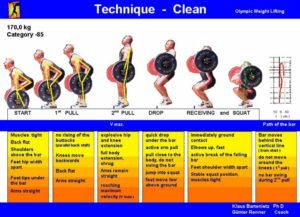
4 Bodyweight Exercises
Hopefully these don’t need instruction or justification. Just don’t take any shortcuts with your form.
Push up
Sit up
Squat
Burpee
Bonus Exercise: Pull-up
4 Personal Finance Books
Think & Grow Rich
This is actually a personal development book with a financial-sounding title. It’s also the gospel of the personal development and growth genre.
Much like a precursor to Tim Ferris, Napoleon Hill was sent out to interview the very best and most successful of men, and identify the habits and strategies that made them so formidable.
The Barefoot Investor
Practical, no-nonsense advice for the Australian punter, featuring half a dozen immediate quick wins.
Money – Master The Game
Written as an populist how-to guide in the wake of the financial crisis, Tony Robbins scrolls through his rolodex of contacts to interview the biggest and wealthiest and share their insider secrets with the man on the street.
This was an eye-opener for me and I’ve adopted a lot of the principles outlined here.
An ode to consistency and pragmatism, this book dissects the early Buffett partnership letters, identifying truisms from the world’s greatest investor. If ever you needed to be reminded of the importance of the fundamentals (in any area), the book will do the trick.
4 Running Books
Born To Run – Christopher MacDougall
The story of Caballo Blanco and the Tarahumara tribe running for days in the Copper Canyons of Mexico is such a rip-roaring yarn that it’s impossible not to get swept up in the free-rolling anarchy of it all.
Even non-runners will dig this book.
Eat & Run – Scott Jurek
From a sizeable cameo in Born to Run, Scott Jurek reached a mainstream running audience, somewhat belatedly for someone who is possibly the greatest ultra-marathoner ever.
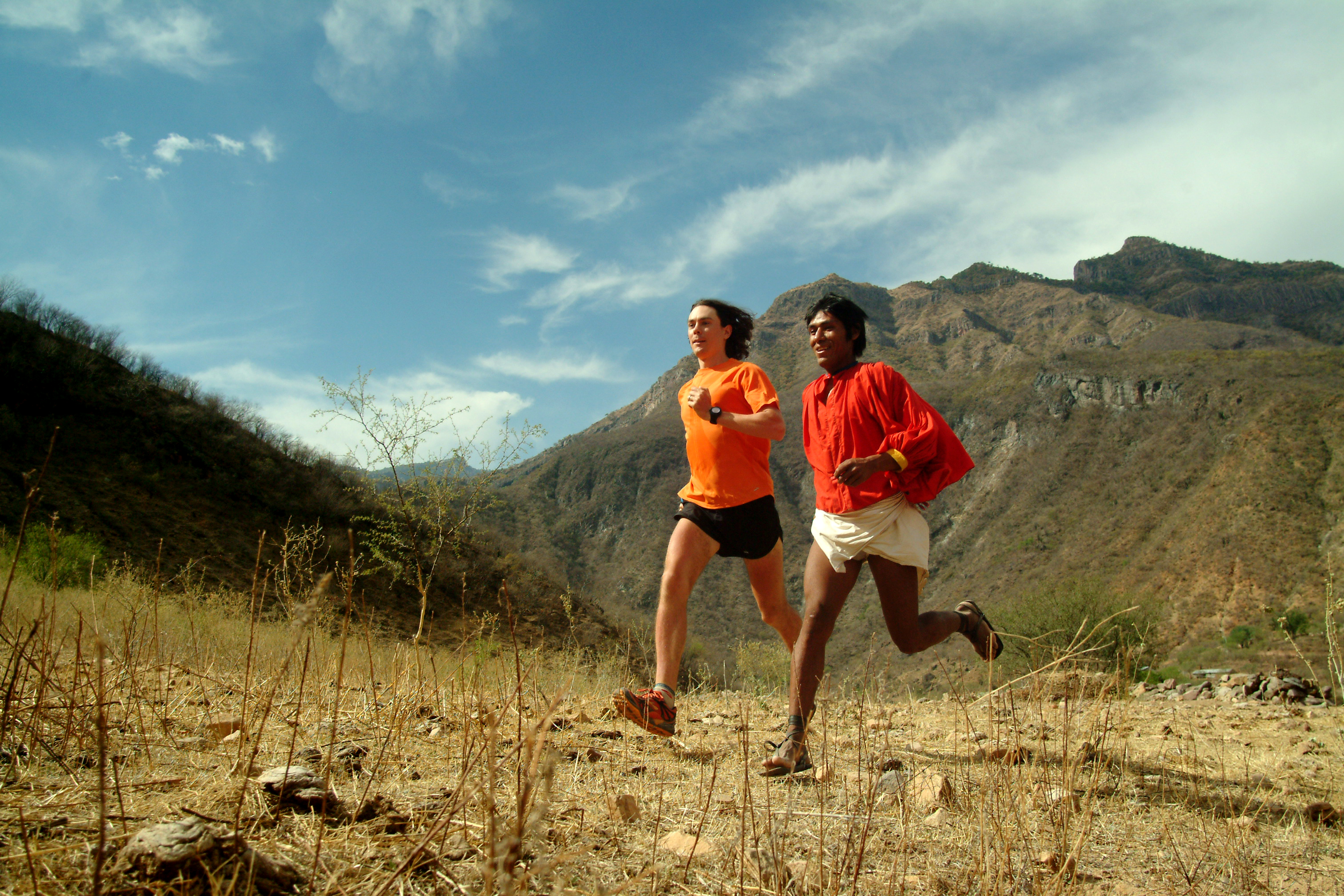
He tells his story and shares his best vegan recipes in this autobiography-slash-cookbook.
Running With The Kenyans – Amarindhan Finn
The author ups-sticks with his family and moves to Kenya to train with the fastest middle and long distance runners in the world. There is no way this wouldn’t be a brilliant story.
Finding Ultra – Rich Roll
Overweight, out of breath walking up the stairs, drinking too much, stuck in a corporate job that isn’t for you.
Sound familiar?
This was Rich Roll’s story until he switched to a vegan diet and, in doing so, shifted the trajectory of his life. He also took up the sport of ‘ultra-ironman’ (basically, very long triathlons).
Ultramarathon Man – Dean Karnarzes
Classic ‘running saved my life’ parable and the book that took ultra running mainstream. Some of the races or stories from this book have gone down in folklore…ordering a pizza to be delivered mid-run in the middle of the night at a set of traffic lights…
Summary
The beauty of this list is that it can be expanded easily and whilst there’s always going to be some conjecture around the exact make-up of each list, it’s a good starting point to remind us that, in nearly all cases, less really is more.
It can also be applied to goal-setting to ensure you focus on the ‘critical few’ rather than the ‘trivial many.’ Across your 4 life pillars select a single goal in each and pursue it ferociously before moving onto the next. It keeps the list clear and concise.
If the Rule Of 4 applies to anything else that hasn’t made this list, let me know at sfd@superfitdad.com.au
SFD

